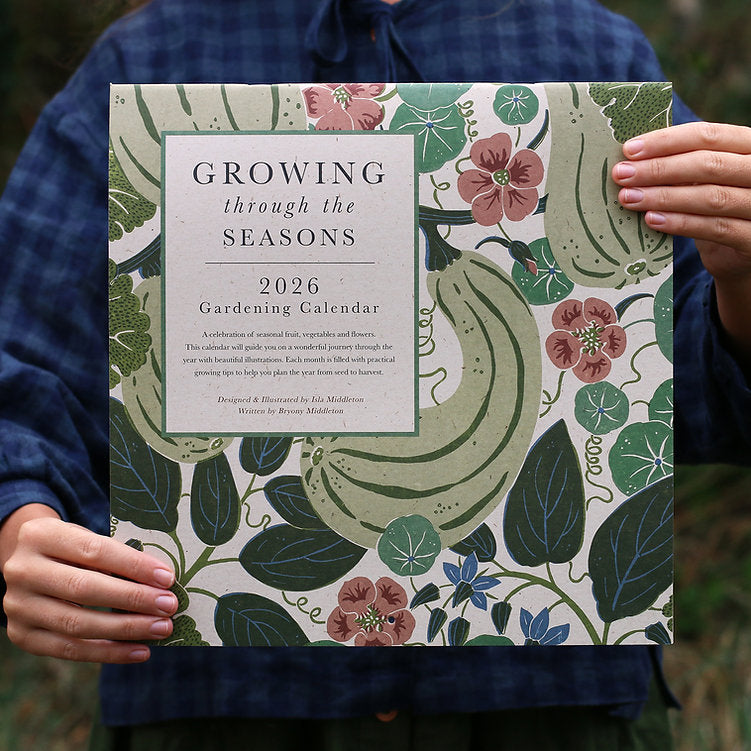
The Urgent Need to Plant Trees and Safeguard Biodiversity
One in Three Tree Species Worldwide Faces Extinction
Over one third of the world’s trees are at risk of extinction according to the Global Tree Assessment, released last month at the United Nations Biodiversity Conference (COP16) in Colombia. The updated International Union for Conservation of Nature (IUCN) Red List of Threatened Species found that 38% of the 47,282 species assessed are under threat of extinction. This is more than double the number of all threatened mammals, birds, reptiles and amphibians combined. Species of tree are under threat of extinction in 192 countries across the globe.
Threats Facing Trees Worldwide
The report highlights several major threats to trees, including deforestation, extreme weather events, invasive species, and agricultural practices like crop farming and livestock grazing. These pressures, compounded by climate change, have placed trees like the maidenhair tree (Ginkgo biloba), horse chestnut (Aesculus hippocastanum), and the majestic giant redwood (Sequoiadendron giganteum) at risk of disappearing from the planet.

Horse chestnut Aesculus hippocastanum
Trees and Biodiversity
This is a serious threat to thousands of other plants, animals and fungi, and to people also, who depend on trees for timber for construction, and for medicine, food and fuel. Trees are vital to the health of our planet, providing habitats for wildlife, improving soil quality, regulating water cycles, and helping mitigate climate change by absorbing carbon dioxide. Without healthy tree populations, many species – both plant and animal – would struggle to survive.
But it’s not just global tree species that are at risk. Native British trees are also facing challenges that could impact biodiversity here at home.
Native British Trees in Crisis
While many of us may think of the UK’s iconic trees as being safe, native British species are not immune to threats. Some of the native trees we should pay close attention to include:
- The silver birch (Betula pendula) – Known for its striking white bark, the silver birch is home to a huge variety of insects and is vital to woodland ecosystems, but it faces risks from invasive species like the bronze birch borer.
- The rowan (Sorbus aucuparia) – Also known as mountain ash, rowans support a variety of birds and insects, but their populations are declining due to habitat loss and disease.

Silver birch Betula pendula
Why our Native Trees are so Important:
Our native trees provide a whole host of benefits to wildlife, our climate, and our own well-being.
Support local wildlife – They are the lifeblood of our local ecosystems and have evolved alongside British wildlife for thousands of years, meaning our birds, insects, mammals, and fungi are perfectly adapted to depend on them. For example, oak trees (Quercus robur) support over 280 different species of insects alone! From butterflies and beetles to woodpeckers and wood warblers, native trees provide vital food, shelter, and nesting spots.
Carbon storage – Trees absorb carbon dioxide (CO2) from the atmosphere during photosynthesis and store it in their wood, branches and roots. This process helps mitigate the effects of climate change by reducing the amount of CO2 in the air.
Help with flood management – Native trees are natural flood barriers, absorbing rainwater through their leaves and their roots, helping to regulate water flow and reduce surface runoff which can lead to flooding. This is especially important in areas where flood risk is increasing due to climate change. A well-planted woodland or hedgerow can act like a natural sponge, soaking up water and releasing it slowly into the ecosystem.
Preserve our cultural heritage – Many of our native trees have been part of the UK’s cultural and natural heritage for centuries. From oak trees in ancient woodlands to the majestic yews in old churchyards, they’ve been woven into British folklore and history. Planting native trees helps preserve that connection to our past.
Keep our soils healthy – Native trees play a huge role in maintaining healthy soil, preventing erosion, and promoting biodiversity. Their roots help bind the soil together, reducing the risk of landslides and flooding after heavy rainfall. They also add nutrients back into the ground when their leaves decompose. This enriches the soil and creates a healthy environment for plants, fungi, and microorganisms to thrive.
Keep us healthy – It’s not just wildlife that benefits from trees—we do too! There’s a reason why we feel so much better after a walk in the woods or a stroll through a park. Spending time around trees, has been shown to lower stress, boost mood, and improve overall mental well-being. The beauty of native species, their connection to the landscape, and the tranquillity they provide all contribute to our sense of peace and happiness.

Planting Native Trees: A Simple Yet Powerful Solution
One of the most effective ways you can support local biodiversity is by planting native trees. Native species are perfectly adapted to the local environment, providing shelter and food for wildlife, playing a vital role in soil and water conservation, and contributing to the resilience of our local ecosystems in the face of climate change.
By planting native trees, supporting reforestation efforts, and taking action to protect the trees in our own gardens and parks, we can help ensure a future where trees continue to thrive—one where our local, and the Earth’s, biodiversity remains rich and vibrant.

















